There comes a time in the life of every business when…
- You’re doing things that have always worked but can’t seem to grow
- It’s 5pm and you’ve been so busy putting out fires that you’ve only checked off one thing on your to-do list
- Strategy meetings that were once productive brainstorming sessions are now status meetings filled with blank stares, puzzled looks and no real purpose.
If you’re thinking “oh yeah, I know what he’s talking about,” then guess what…
You’ve hit a ceiling in your business!
That may feel bad, but it’s really not.
Hitting a ceiling is not an indicator of anything a business has done wrong. It is actually an indicator of what a business has done right.
It’s a sign that what you’ve been doing has been so successful you’ve actually outgrown that business model.
Every successful business hits a ceiling. But not all of them survive.
The Harvard Business Review article, “Reinvent Your Business Before Its Too Late”, speaks about the ceilings all successful businesses hit. Authors Paul Nunes and Tim Breene believe that “once a company runs up against a major stall in its growth, it has less than a 10% chance of ever fully recovering.”
All businesses hit ceilings. Only the successful ones recognize & correct them before it leads to their demise…
How this happens in the first place
Sometimes, an outside force causes a business to reach a ceiling. Maybe the industry is trending away from your product. Maybe the platform you use for social media has lost popularity. Maybe a competitor drastically undercut you.
Maybe…but unlikely.
Being one year into a pandemic, it would be foolish to say external forces never cause a business to hit a ceiling. Instead, let’s say it’s rare for external forces to cause this ceiling.
So why does it happen?
The main culprits for a ceiling are internal issues. It’s usually due to fast growth & a focus on the urgent issues before considering long-term vision.
A business starts with the business owner(s). Usually, it’s just one person, or a small team, who handles everything. The business grows and business owners face those immediate and urgent issues they didn’t expect.
It’s in an entrepreneur’s DNA to make quick adjustments and fix. So, the business owners do just that.
They quickly hire a team of capable workers and continue to grow. For a while…
Then, the problems emerge. They get lost in the day-to-day of the business. The smart business owners come to realize that the fog of urgent issues has blurred the long-term vision. Their company is completely unaligned with its vision.
You know you’ve hit a ceiling if…
There’s no warning you’re going to hit a ceiling. No check engine light for your business. No reminder on your phone. It just happens.
Too often, business owners don’t recognize they’ve hit a ceiling until it’s too late.
This can be a case of “standing too close to the elephant,” as the saying goes.
If you’re too close to the elephant, you only see grey – not the full elephant. If you’re too close to your business you only see the day-to-day – not the business as a whole.
Knowing the signs and noticing you’ve hit a ceiling can be a matter of life or death for a business (and that’s not exaggeration).
Gino Wickman, author of Traction, cites five signs you’ve hit a ceiling:
- Your business is controlling you, not the other way around.
- Your team is not on the same page.
- Profitability just isn’t improving.
- You’ve slowed down or even stopped growing.
- Nothing is working and the things that once worked aren’t anymore.
It usually stems from being stuck working in the business, not on it. While you’re putting out fires left & right, you don’t have the time to view your business as a whole.
Step out of the day-to-day for a second. Think to yourself: is this the company I envisioned? Are we even on the right track to reach that vision?
What should I do if I’ve hit a ceiling?
BE PROACTIVE.
The first thing to do when you’ve hit a ceiling is accept that you need to make a change. Too often, business owners continue to do the same exact things and hope that change will occur.
Start by defining your company vision – the one that most likely only lives in your head. Write it down! It’s the basis of your entire company.
The company vision should be known throughout the entire company. If your team is unaware of the vision, everyone will be pulling in different directions.
The EOS system is a vision-driven framework used successfully by over 10,000 companies. The system strives to create a business that functions to see completion of your vision.
Traction by Gino Wickman outlines the EOS system and how to implement it into your business. I encourage any business owner, even if you haven’t hit a ceiling yet (trust me, you will) to read this book. This framework has positively affected many businesses – and I’m sure it can help yours.
If you’d like to get advice from someone who’s worked with the system before (a company running on EOS), send me a message. I’ll point you in the right direction.



